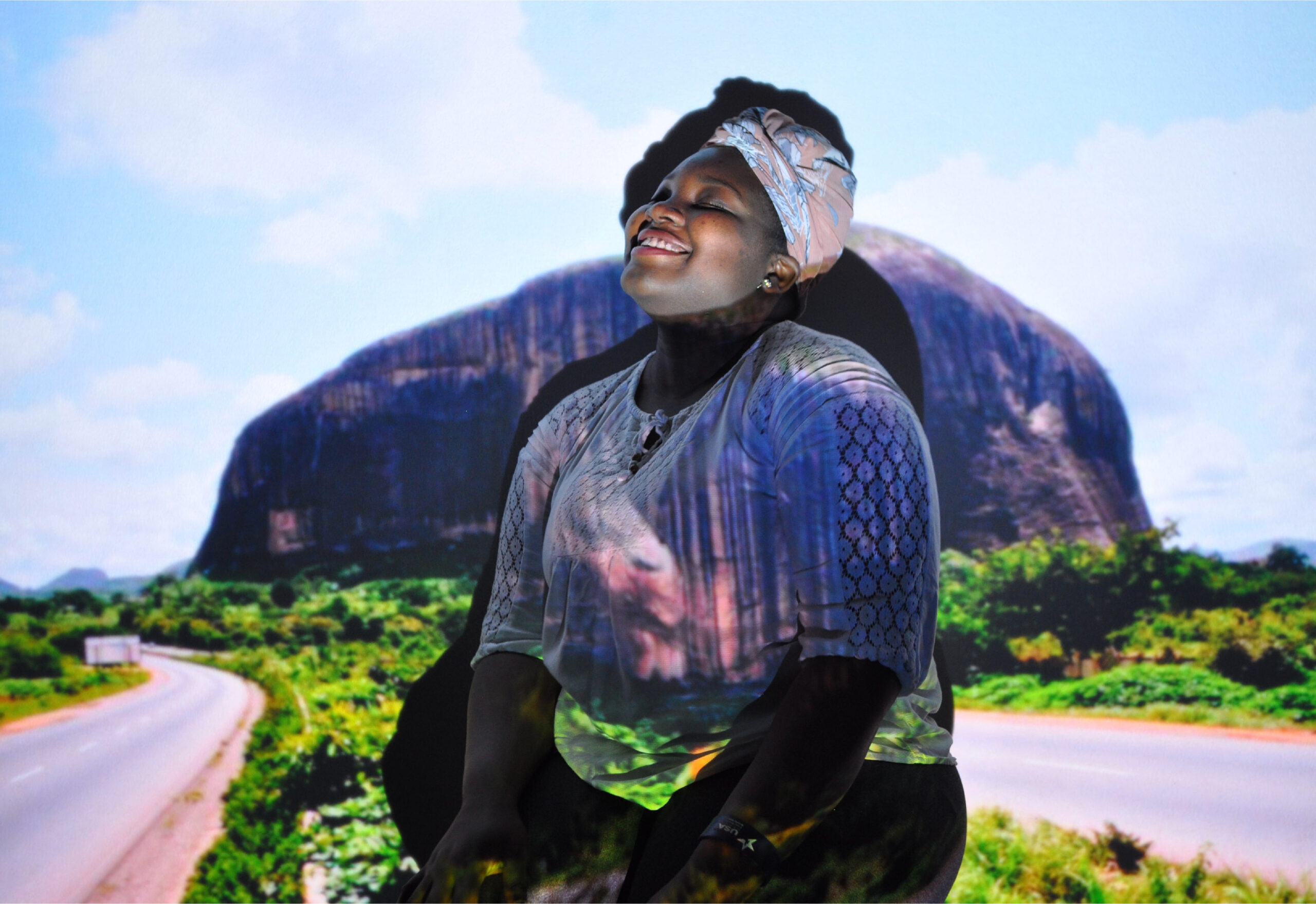International students seek visibility, resources
April 6, 2018
 Courtesy of Shinhee Kang
Courtesy of Shinhee KangThirteen portraits on a slanting wall in David Saul Smith Union show students’ faces superposed over images that remind them of home. The art is striking, as is the message behind it. Cheng-Chun (Kevin) Yu ’19 and Shinhee Kang ’18, who created the exhibit together, hope to shed light on the presence of international students at Bowdoin and the unique challenges they face as they try to fit in and access the same opportunities as domestic students.
For Yu, the exhibit stemmed from frustration regarding the frequent exclusion of international students on campus. The curators’ note accompanying the exhibition cites an Orient article from last spring, which found that many international students were unhappy with the resources offered by the Career Planning Center (CPC) and counseling, among other departments. Yu said he was disheartened to see a lack of change in response to the article and hopes that the College can now find a way to better support international students.
“Especially when you have new opportunities coming up like the THRIVE program that they have started for next year, the new house that they have bought in the College Street collective, with the president sending out emails to us looking at funding opportunities, we felt like this is a critical moment in time where we could jump in to start that change,” Yu said. “We felt like the student body’s attitude toward international students hasn’t really changed, so we felt like it was the moment to do something.”
Defining an international student remains a tricky issue. The College often uses the term to refer to students with dual citizenship or those who are U.S. citizens but grew up abroad, in addition to students like Yu, who needs an F-1 visa to attend Bowdoin and will have to next apply for a work visa if he hopes to stay in the United States after graduation.
There are 34 of these F-1 visa students, officially classified as non-resident aliens, in the current first year class, an increase of about 25 percent from past years. In total, just five percent of Bowdoin students meet this definition, the least of any NESCAC school.
Of the 111 international students who enrolled at Bowdoin as full-time first year students between 2014 and 2017—the last four classes—just 89, or 80 percent, are currently enrolled, according to the College’s Common Data Set. Bowdoin’s overall four-year retention rate is 88 percent, implying that international students are less likely to stay at Bowdoin than their domestic counterparts.
Yu said that both institutional barriers and social concerns are challenges for international students. A poster accompanying the exhibit calls for programming geared toward international students outside of Orientation and for the Career Planning Center (CPC) to offer better services. Yu cited the job site “GoinGlobal”—a subscription-based service which lists employers that offer H-1B visas—as an example of a resource that the CPC could offer.
Socially, many international students say that domestic students do not realize the difficulties they face as they grapple with a new language and culture. In the photo exhibit, Yu and Kang hoped to capture students’ struggles to maintain identity and fit in so far away from home. Yu was pleased with the effect of the exhibit on his peers.

“A lot of people have come up to me after they attended the exhibit [and said] that they have realized how they really haven’t been thinking about international students on campus and how this exhibit really changed their attitude toward diversity on campus,” Yu said. “One of my closest friends came up to me, and she said how now she realizes the trouble that I have to go through to assimilate. Now she understands where I come from when I ask simple things like ‘Who is this person?’ or ‘What do you mean by this term?’ In the past, they would just give me these really surprising, shocked expressions or even make fun of me, but now they see where I’m coming from.”
The exhibit initially debuted in the Lamarche Gallery before spring break. President Clayton Rose and Dean of Student Affairs Tim Foster were among the attendees at its opening reception.
Yu also saw the creation of the exhibit as a way to bring together international students, who come from a wide variety of backgrounds. When the Orient spoke with international students last spring, several students cited the difficulty of creating alliances because students typically do not share cultural practices or experiences with one another.
For example, Yu grew up in China and Korea. Other students featured in the exhibit call places as varied as Denmark, El Salvador and Canada home. Nonetheless, these students face many of the same institutional barriers, such as visa and work restrictions, which Yu hopes can be a uniting force. He is currently bringing together international students for a working group that hopes to cooperate with the administration and improve resources across various branches of campus.
“My primary goal is to create an international student community on campus … overcoming the differences that we have focusing on our common difficulties and shared experiences as international students,” he said. “It’s hard knowing that we come from very different countries and very different institutional backgrounds, but the common experiences [we have] here also are a really good bond that we could utilize to create a coalition or group within the international community.”
At the same time, he hopes that the work of integrating international students into Bowdoin’s community is something that the whole campus can undertake together.
“The domestic students could definitely do better in embracing or welcoming our existence as international students. It shouldn’t be our job as the minority of the minority to be fighting for recognition,” he said.

Comments
Before submitting a comment, please review our comment policy. Some key points from the policy: